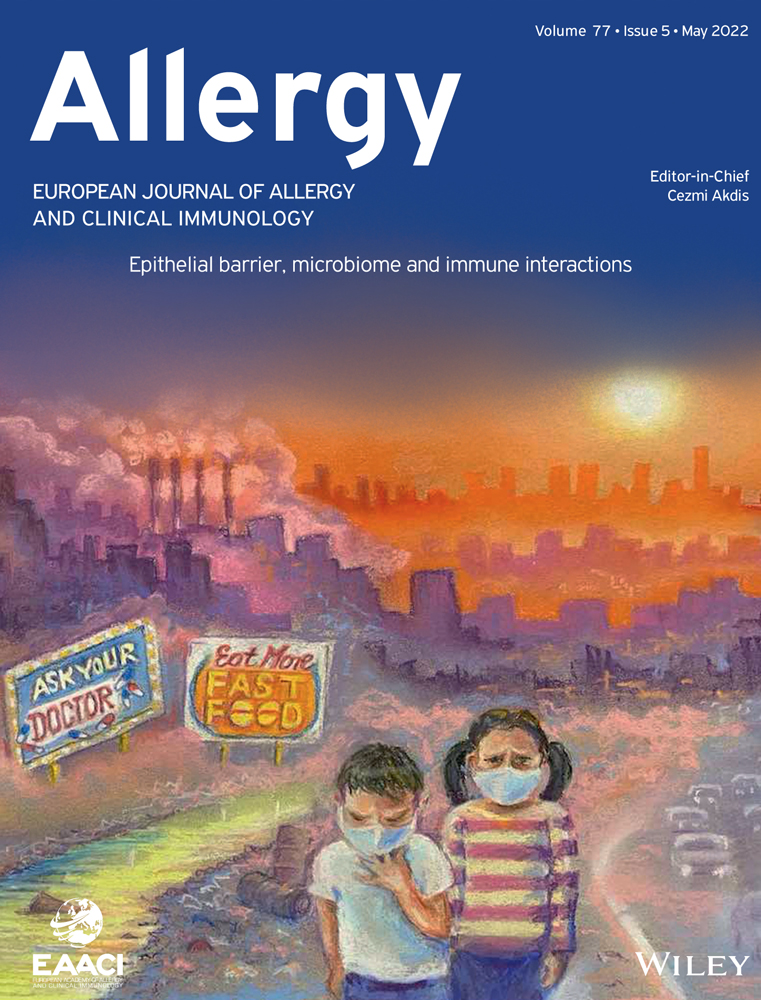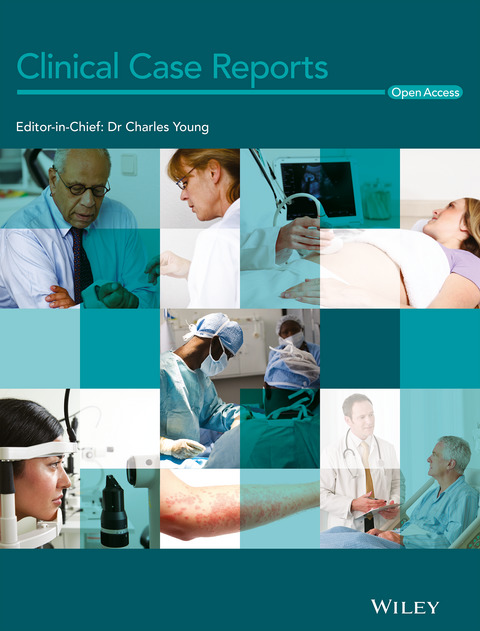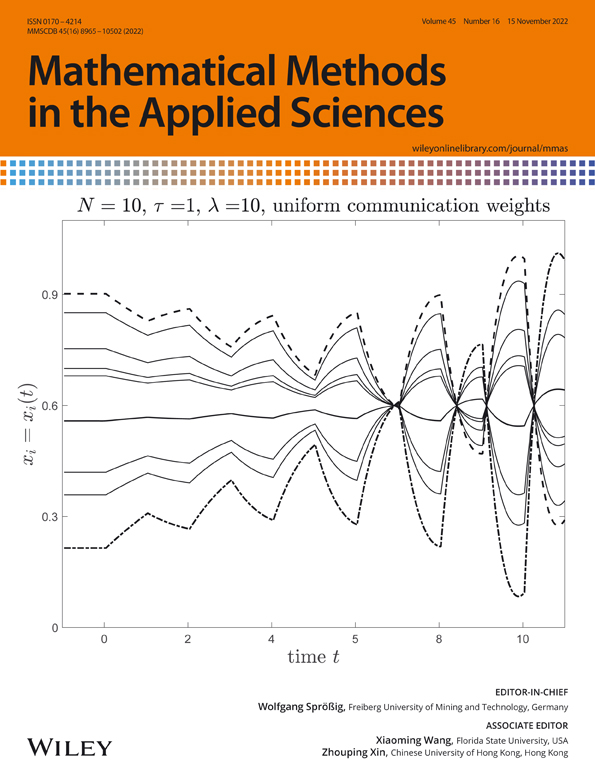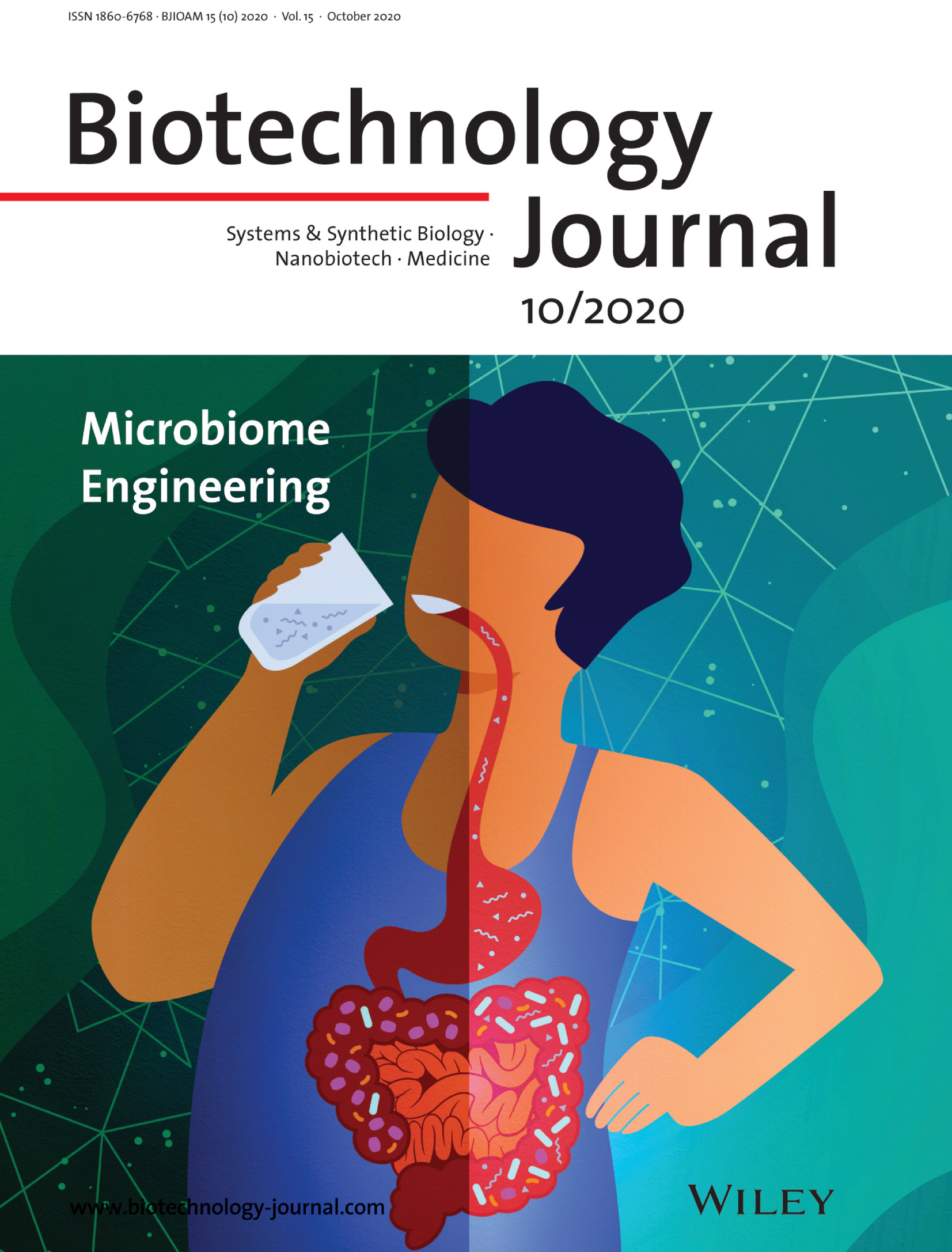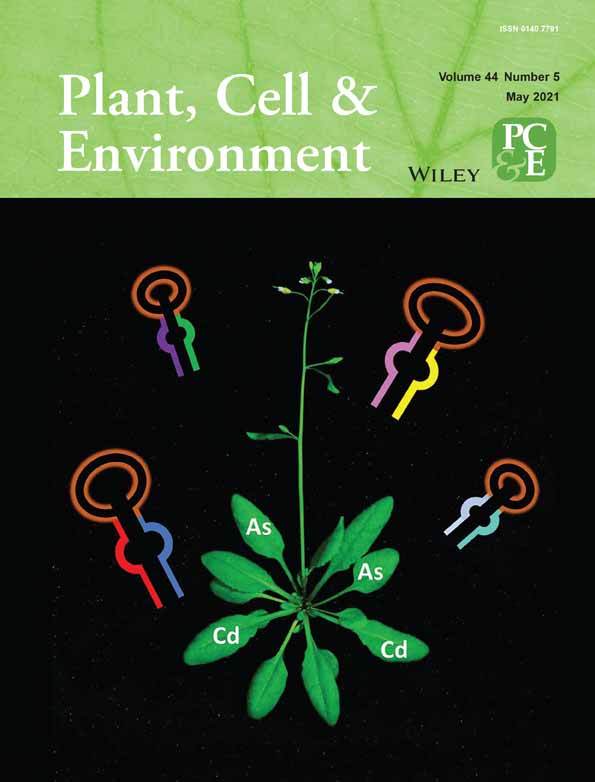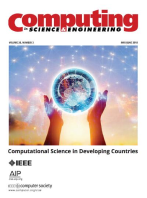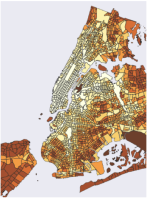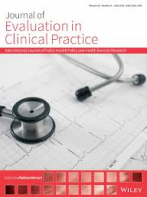Editorial comment on the Special Issue “Omics in Food Allergy”Riccardo Castagnoli1,2, Ivan Taietti1,2,*, Agnes Sze-Yin Leung3, Philippe Eigenmann41. Pediatric Unit, Department of Clinical, Surgical, Diagnostic, and Pediatric Sciences, University of Pavia, Pavia, Italy2. Pediatric Clinic, Fondazione IRCCS Policlinico San Matteo, Pavia, Italy3. Department of Paediatrics, Faculty of Medicine, The Chinese University of Hong Kong, China4. Pediatric Allergy Unit, Department of Pediatrics, Gynecology and Obstetrics, University Hospitals of Geneva, Geneva, SwitzerlandORCID:Riccardo Castagnoli: 0000-0003-0029-9383Ivan Taietti: 0000-0002-0372-523XAgnes Sze-Yin Leung: 0000-0001-8249-4478Philippe Eigenmann: 0000-0003-1738-1826Corresponding author:Ivan Taietti, MD;Pediatric Unit, Department of Clinical, Surgical, Diagnostic, and Pediatric Sciences, University of Pavia, 27100 Pavia, [email protected]; +39 340 7092400.Food allergy (FA), defined as an adverse reaction to food mediated by the immune system, is a significant public health issue with increasing prevalence over the past decades. Although FA affects up to 10% of children, the precise mechanisms underlying FA development and persistence remain inadequately understood1. Food immunotherapy has been successful in increasing the threshold of tolerance in individuals with persistent FA (desensitization), and in a subset, sustained unresponsiveness (remission) can be achieved. A combination of environmental and genetic factors is considered to be involved in the tolerance induction to food allergens. However, to date, it has been difficult to fully dissect the complexity of the biological determinants involved in FA.The emergence of “omics” sciences, including genomics, transcriptomics, proteomics, and metabolomics, is revolutionizing the basic and translational research approach, allowing for the comprehensive study of biological processes through analyzing and integrating multiple datasets from various biological perspectives.Moreover, epigenetic studies that evaluate the role of gene expression modifiers are deepening our understanding of the interaction between genetic predisposition and environmental influences.The Special Issue “Omics in Food Allergy” aims to present current knowledge and future perspectives in the field of FA through the lenses of omics sciences.Chun et al. and Lehmann et al. provide a detailed overview of epigenetic mechanisms involved in FA, including DNA methylation and microRNA (miRNAs)2,3. DNA methylation refers to the covalent addition of a methyl group, typically to a cytosine in a CpG dinucleotide in DNA. This limits access for transcription, frequently in the promoter region, leading to reduced gene expression. Moreover, miRNAs are small RNAs transcribed from intergenic or intronic genomic loci that decrease gene expression by mRNA degradation and translational inhibition. Of note, Chun et al. described two different approaches in investigating FA mechanisms: (i) the epigenome-wide research approach and (ii) candidate-gene investigations. The epigenome-wide research approach identified genomic regions differently methylated and regulated, involved in FA causation, antigen presentation, T cell development, and reaction severity. Candidate-gene investigations focused on Th1, Th2, T regulatory, and innate genes of interest in FA, highlighting the importance of methylation changes in specific candidate genes. In this context, for cow’s milk allergy (CMA), the attention is focused on novel genetic loci involved in Th1/Th2 differentiation pathways and potential B-cell dysfunction4. Of note, miRNA seems to be involved in CMA as demonstrated by the downregulation of mi193a-5p, a post-transcriptional regulator of IL-4 expression, in infants with CMA5. Moreover, methylation levels in peripheral blood mononuclear cells for IL-4, IL-5, IL-10, and IFN-γ negatively correlate with their respective serum cytokine concentrations and vary according to CMA status (active, resolved, or non-CMA). Finally, Chun et al. reviewed ongoing research aimed at finding DNA methylation predictors of food challenges. Initial work based on the concept of epigenetic markers as biomarkers of disease and treatment demonstrated promise for applying DNA methylation markers to potentially improve how we assess and manage patients with FA, but further validation in larger cohorts and work to practically translate such biomarkers to clinical practice is advocated2.Metabolomics may reflect the integration of genetic, transcriptomic, and proteomic variations with environmental factors, thus reflecting molecular processes of diseases. A metabolome approach would facilitate the identification of surrogate metabolite markers correlating with the disease activity and prognosis. Lee et al. reported an updated overview of metabolomics’s current application in the FA field. Alterations to the gut microbiota induced by Western dietary patterns are likely to profoundly affect host immunity and play a significant role in FA. Metabolites of interest include short-chain fatty acids (SCFAs), bile acid metabolites, and tryptophan metabolites due to their essential roles in normal immune development and homeostasis. SCFAs appear to be reduced in FA patients. Of note, it has been shown that bacterial SCFAs could protect against FA as a consequence of a high-fiber diet in mice. Accordingly, a reduction in Bifidobacterium during infancy, with a consequent reduction in SCFA levels is associated with an increased risk of allergy6. In peanut allergy, oral dysbiosis, reduced oral SCFA levels, and increased oral mucosal Th2 cytokine secretion characterize patients affected, and low fecal SCFAs at a young age could raise the risk of developing FA. Bile acid levels in stool seem to be involved in FA development and persistence, but blood level measurements are advocated to better characterize their role. Moreover, sphingolipids may modulate the function of invariant natural killer T cells and contribute to maintaining intestinal balance and protecting against FA through the modulation of the mast cells’ responsiveness. Sphingolipid dysmetabolism is involved in FA development as a consequence of immune dysregulation in modulating the differentiation of regulatory T cells and Th17 cells that is relevant in FA. Interestingly, some fecal sphingolipids seem to confer protection against FA while reduction of other of them seems to be associated with increased risk of FA, likewise the reduction in serum sphingolipids. Unfortunately, no definitive evidence is available to distinguish whether the sphingolipids modulating this FA effect are dietary or microbial-derived. Metabolites of tryptophan from kynurenine and indole pathways are linked to the function of the intestinal barrier and mucosal immune responses (mainly T regulatory cells) and contribute to intestinal homeostasis. A reduction in these pathways is linked to multiple FA in children. To date, the role of omega-3-polyunsaturated fatty acids metabolites is not clearly defined in FA. However, 17-hydroxy-docosahexaenoic acid (17-HDHA) has been reported to inhibit IgE production by B cells and to suppress the differentiation of naïve B cells into IgE-secreting cells7.The gut microbiome (GM) and its metabolic product, as previously mentioned, play an important role in FA development. TheBifidobacteriaceae family and bacteria of theLactobacillales order are consistently reported lower in CMA children. At the same time, the Firmicutes phylum, primarily associated with the Clostridia class, is consistently increased in mice and human studies. It seems discordant with the observation that infants with resolved CMA were reported to have enrichedClostridia class at 3-6 months but with non-conclusive data. However, Savova et al. showed that GM with enriched Clostridiaclass, reduced Lactobacillales order, and reducedBifidobacterium genus is associated with CMA in early life. Emerging evidence shows that prebiotics, probiotics, and symbiotics, may be a promising adjuvant in promoting tolerance acquisition. ElevatedBifidobacterium genus and reduced Clostridia class members were consistently observed post-treatment with Bifidobacteriumstrains probiotics or after lactose-supplemented extensively hydrolyzed formula (EHF) treatment strategy but with decreased levels ofLactobacillus genus in those treated with Bifidobacteriumstrains probiotics. Gaps remain in understanding the relationship between microbiome and immune response and between transcriptomics (including genes related to the immune response) and GM. In vivo ,Bifidobacterium bifidum has been shown to reduce allergy symptoms, lower serum IgE and raise IgG2 levels, decrease the pro-inflammatory cytokines (TNFα, IL- 1β, and IL-6), and increase the anti-inflammatory cytokine IL-10 in CMA-patients8. Recently, fiber diet has been shown to modulate the disease course of FA through diet-driven changes in the GM9. It is necessary to conduct further research on the impact of GM on FA development and persistence.Lastly, oral immunotherapy (OIT) may provide an active treatment that enables to increase the amount of food that the patient can intake without reaction during treatment (i.e., desensitization), and reduces the risk of potential life-threatening allergic reaction in the event of accidental ingestion10 Unfortunately, there are still significant gaps in understanding the immune mechanisms following OIT, but increasing knowledge about transcriptional pathways associated with its outcomes is available to date11. Ashley et al.12 show that OIT-induced remission of FA is linked to the anergic T cell state mediated by anergy of memory T cells associated with mantained T regulatory cell activity. Suppression of the Th2 transcriptional signals in Th2A-like cells was linked to desensitization following OIT. Moreover, the dampened Th2 and Th1 signatures in effector cells are linked with FA remission, while baseline inflammatory signals in Th1 and Th17 effector cells were associated with poorer outcomes following OIT. Type I interferons were recently identified as potential regulators of remission following OIT because of their key role in the suppression of the Th2 antigen response through regulatory action on GATA3 and the high-affinity IgE receptor. Moreover, an early transient increase in TGF-β producing cells one year into treatment seems to be associated with good clinical outcomes. In addition, persistent activation of FOXP3, expressed by T regulatory cells, may be a critical requirement for lasting persistence of remission12.Comprehensive multi-omics studies are essential to understand FA mechanistically, as highlighted by this Special Issue. “Omics” studies of FA are of great interest as they allow for a thorough understanding of the complexity of FA development and therapeutic outcomes. This has a fundamental impact on approaches to precision medicine.



